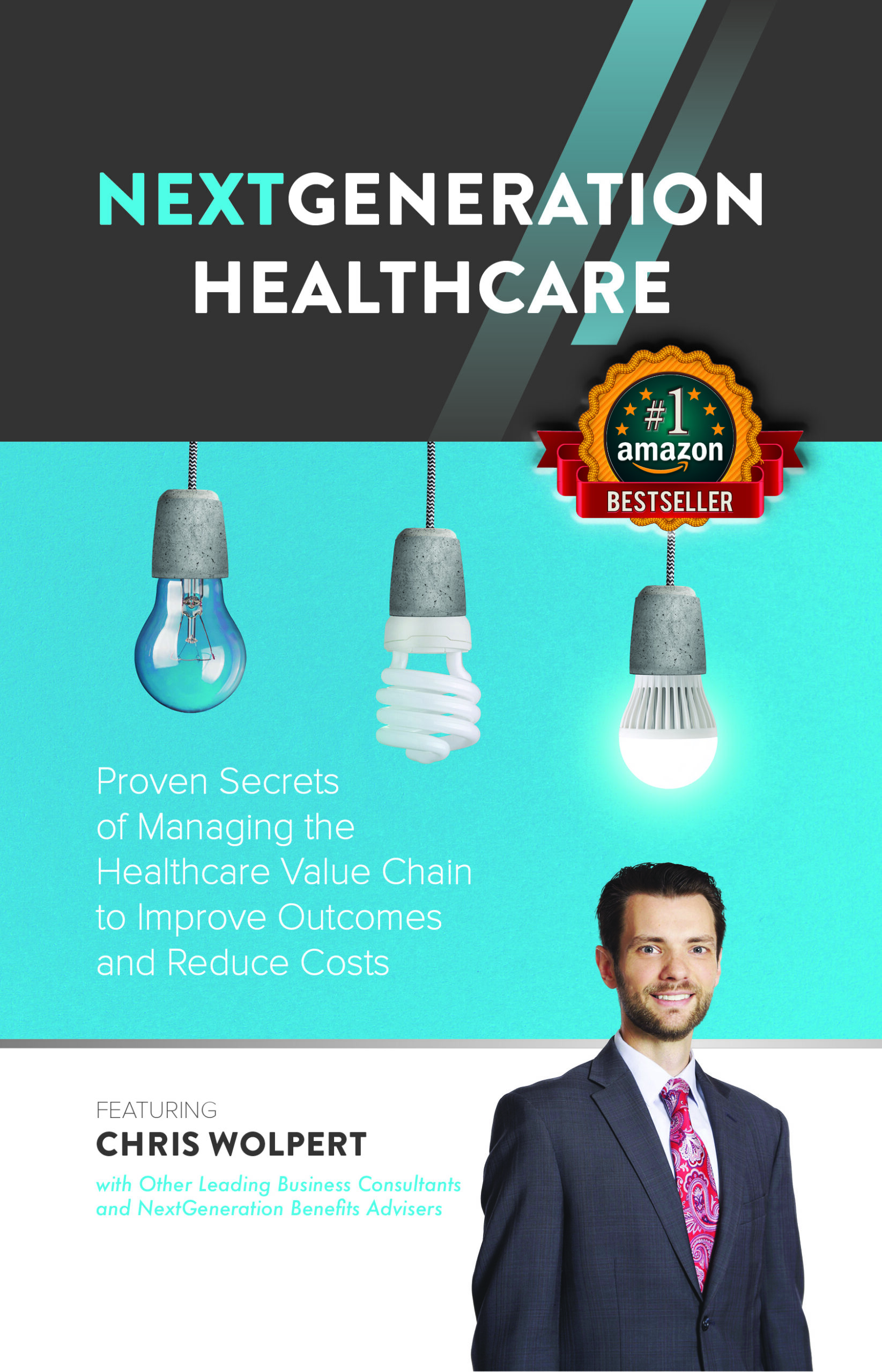While traditional benefits like group health insurance and 401(k) plans remain foundational, employers who limit themselves to the same offerings year after year may find themselves outpaced in the competition for talent.
Regularly evaluating your benefits package ensures it stays relevant, competitive and cost-effective — and ultimately supports your efforts to attract, retain and engage employees.
Doing this is increasingly important as the last of the Baby Boomers exit the workforce and more Gen Z workers are hired and put to work. Besides generational changes, workers’ needs may shift due to social trends, medical advances and lifestyle changes.
When employers fail to update their offerings, they risk wasting resources on underused benefits or losing valued employees to competitors with more relevant and supportive programs. Conversely, a dynamic, well-calibrated package signals that you care about your employees’ well-being and are in touch with what they value.
How to assess effectiveness
Measuring the success of a benefits program isn’t always straightforward, but several tools can help:
Employee surveys: Poll your workers about which benefits they use, which they value most and what they wish was included. Use both structured and open-ended questions to gather insights. Consider segmenting responses by demographics to detect differing needs.
Utilization data: Track how often employees take advantage of each benefit. Low utilization may mean a benefit is poorly communicated, difficult to access or simply not valued. High usage, especially when tied to positive outcomes, signals success.
Key performance indicators: Monitor metrics such as employee productivity, engagement scores, absenteeism and turnover. Improvements in these areas may be tied to the effectiveness of certain benefits. There might also be no correlation, but they’re still worth tracking.
Turnover trends: If your organization is experiencing higher-than-usual turnover, especially among high performers, your benefits package may not be meeting employee expectations.
Regular feedback loops: Consider holding periodic focus groups or one-on-one discussions. These offer valuable information that goes beyond survey numbers.
Benchmarking keeps you competitive
Employers should also compare their benefits to industry peers. Resources such as SHRM’s Employee Benefits Survey, consulting firm whitepapers and insurance agency reports can reveal trends and standards in your sector.
For example, more than 90% of employers now offer telehealth options, and an increasing number are extending mental health resources, menopause support and caregiving benefits.
Cost-effectiveness and impact
Not all benefits need to be expensive to make a difference. For instance, flexible scheduling, expanded telehealth access or a wellness allowance may deliver high perceived value at a manageable cost.
For example, a wellness allowance is a fixed amount of money provided by the employer that staff can spend on their health and well-being like gym memberships, fitness classes, mental health apps and more.
Review spending against usage and satisfaction levels, and consider whether reallocating dollars could deliver better outcomes.
We can also help you identify underused or high-cost benefits that may be ripe for replacement — or negotiate better vendor terms.
Takeaway for employers
Just like you measure your business’s performance, ROI, profits and more, you should take time, at least annually, to evaluate your benefits package.
If, based on your evaluation, you plan to make changes to your benefits lineup, including eliminating a benefit, there will always be some staff who won’t be happy about it.
Make sure to be transparent about why and how the decision supports employee needs. This builds trust and demonstrates a responsive, employee-first mindset.

